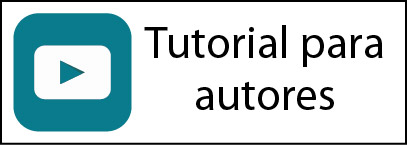Intraoperative factors and admission to the intensive care unit in postoperative juvenile nasoangiofibroma patients from a peruvian institute
DOI:
https://doi.org/10.58597/rpe.v2i1.45Keywords:
Angiofibroma, Nasopharyngeal neoplasms, Operative surgical procedures, Pediatric hospitalsAbstract
Objective: To determine the distribution that exists between intraoperative factors
upon admission to the Intensive Care Unit (ICU) in patients post-operative for juvenile
nasoangiofi broma of the otolaryngology service of the National Institute of Child Health,
2013-2018. Materials and methods: Retrospective cohort-type observational design
study, made up of a sample of 46 medical records of patients operated on for juvenile
nasoangiofi broma with the endoscopic technique. The data collection form collected
information related to tumor grade, surgical time, and number of units of blood transfused.
Results: The mean age was 13.0 years (±8.2), where 97.8% were male. All patients who
were classifi ed with tumor grades 2B, 2C, 3A, and 3B were admitted to the ICU. 75% of the
patients with a surgical time greater than 3 hours were admitted to the ICU. The patients with
4 or more transfused units were admitted in their entirety to the ICU. Conclusions: There
are signifi cant distributions between the intraoperative factors associated
Downloads

Downloads
Published
Issue
Section
License
Copyright (c) 2023 José Aranibar Ruesta

This work is licensed under a Creative Commons Attribution 4.0 International License.
















